Image dimensions: 28 x 23.5 cm. Anna e Emma nei boschi (Anna and Emma in the Woods) is an original artwork realized by Luigi Bartolini in 1933. Original etching applied on China paper. Dimensions of the plate: 280 x 235 mm. Titled, numbered and signature in pencil of the artist on the lower margin: ''Anna e Emma nei boschi 16/50 Luigi Bartolini''. Signed and dated on plate on the lower right corner: ''L. Bartolini 1935''. Excellent conditions. Other titles: Anna e Emma nel bosco; Anna e Emma. Illustration for the book ''L'Alipio''. Reproduced in ''Amata dopo'', Nistri-Lischi, 1949; reproduced on the cover of “Il mezzano Alipio”, Vallecchi, 1951. Bibliography: 1951 Petrucci, Calcografia n. 411 1952 Gli esemplari unici o rari p. 103 1959 Severini, Timpanaro n. 525 1960 Milano, riprodotta su Il Fazioso, Edizioni Il Borghese 1962 Ronci, Calcografia n. 411 1972 Barsanti, Galleria Marino n. 463 1997 Ficacci, Calcografia n. 65b 1998 La collezione Timpanaro n. 46 2003 Gli anni meranesi pag. 47 Main exhibitions: 1942 Venezia, XXII Biennale 1943 Roma, IV Quadriennale Luigi Bartolini Cupramontana (Ancona), 1892 – Rome 1963 An accomplished Twentieth Century Italian engraver, painter, writer, art critic and engraver. He spent his early years living in Rome, Siena, and Florence and was professionally formed through university courses in art and medicine, museums, and the Academy Belle Arti. He begins to study art in 1912 with a special preference for Goya, Rembrandt, and Fattori. His success as an engraver arrives in 1924 with his exhibitions at Bragaglia’s House of Art and Casa Palazzi di Roma (70 etchings). In 1925 he participates in the II Roman Biennial and then in the Venice Biennial from 1928 to 1936. He is considered, along with Morandi, the greatest Italian engraver. His expositive work continues with intensity in the post-war period with one-man exhibitions in both Italy and abroad. His last one-man exhibition takes place at the XXXI Venice Biennial and at the National Chalcography in Rome in 1962. Bartolini lives through his era in complete liberty, dedicating himself to painting, to art criticism, to literature and teaching. This intellectual and artistic autonomy is well reflected in his engravings and it is exactly because of this characteristic of intellectual autonomy that he has never really belonged to the Scuola Romana although he was very attached to it because he frequented the Roman environment and it’s artists who he would often exhibit with. His literary production is gathered the volumes Polemiche (1940), Credo d’artista (1945), Il Fallimento della Pittura (1948) and Poesie 1911-1963(1964). As a critic, he collaborates with numerous magazines such as “Il Selvaggio”, “Quadrivio”, “La Tribuna”, “L’Ambrosiano” etc. After the war, “Bicycle Thieves” (1946) was used as an idea by De Sica for the homonymous film (1948), an Italian Neorealist masterpiece. This artwork is shipped from Italy. Under existing legislation, any artwork in Italy created over 70 years ago by an artist who has died requires a licence for export regardless of the work’s market price. The shipping may require additional handling days to require the licence according to the final destination of the artwork.
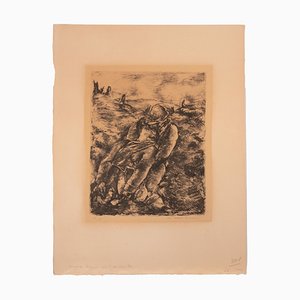
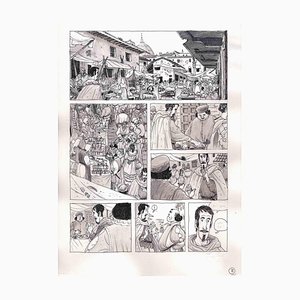

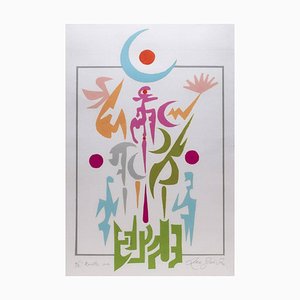
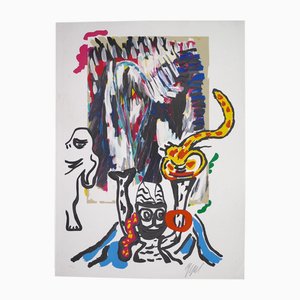
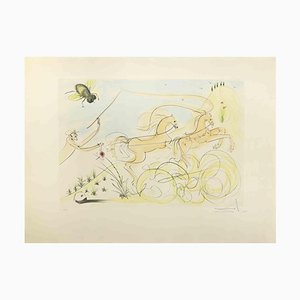
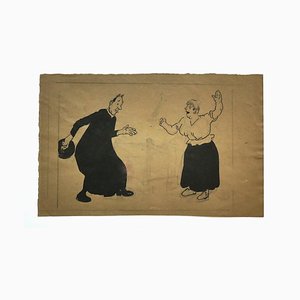
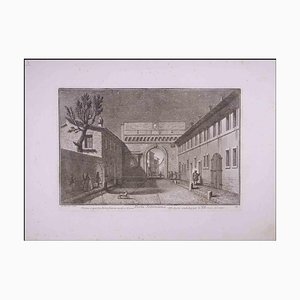
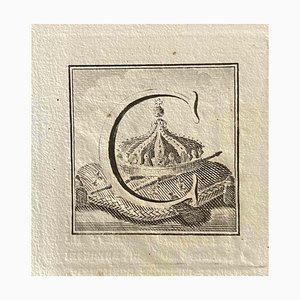
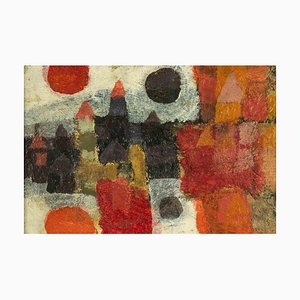
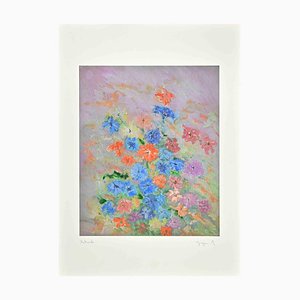
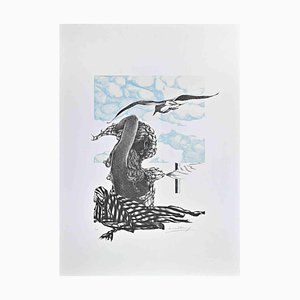
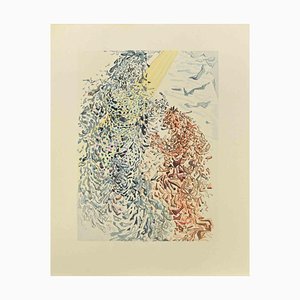
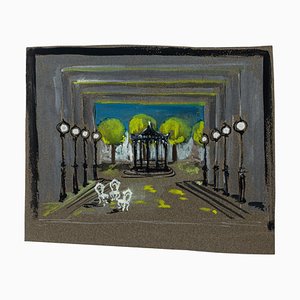
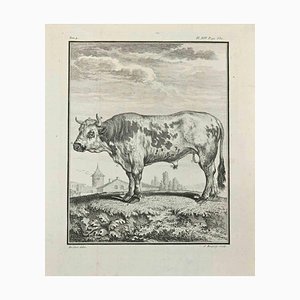
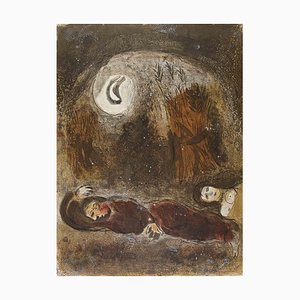
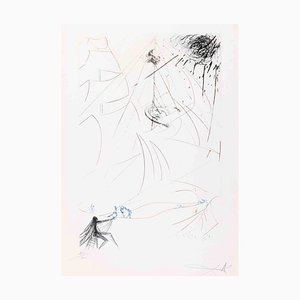
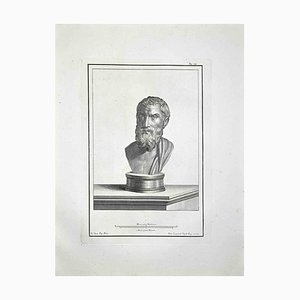
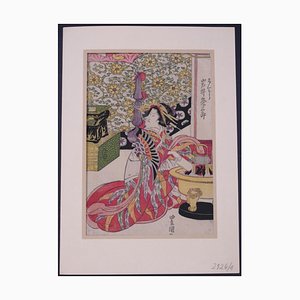
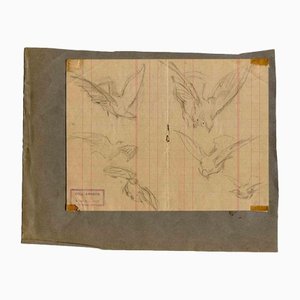
Get in Touch
Make An Offer
We noticed you are new to Pamono!
Please accept the Terms & Conditions and Privacy Policy
Get in Touch
Make An Offer
Almost There!
To follow your conversation on the platform, please complete the registration. To proceed with your offer on the platform, please complete the registration.Successful
Thanks for your inquiry, someone from our team will be in touch shortly
If you are a Design Professional, please apply here to get the benefits of the Pamono Trade Program